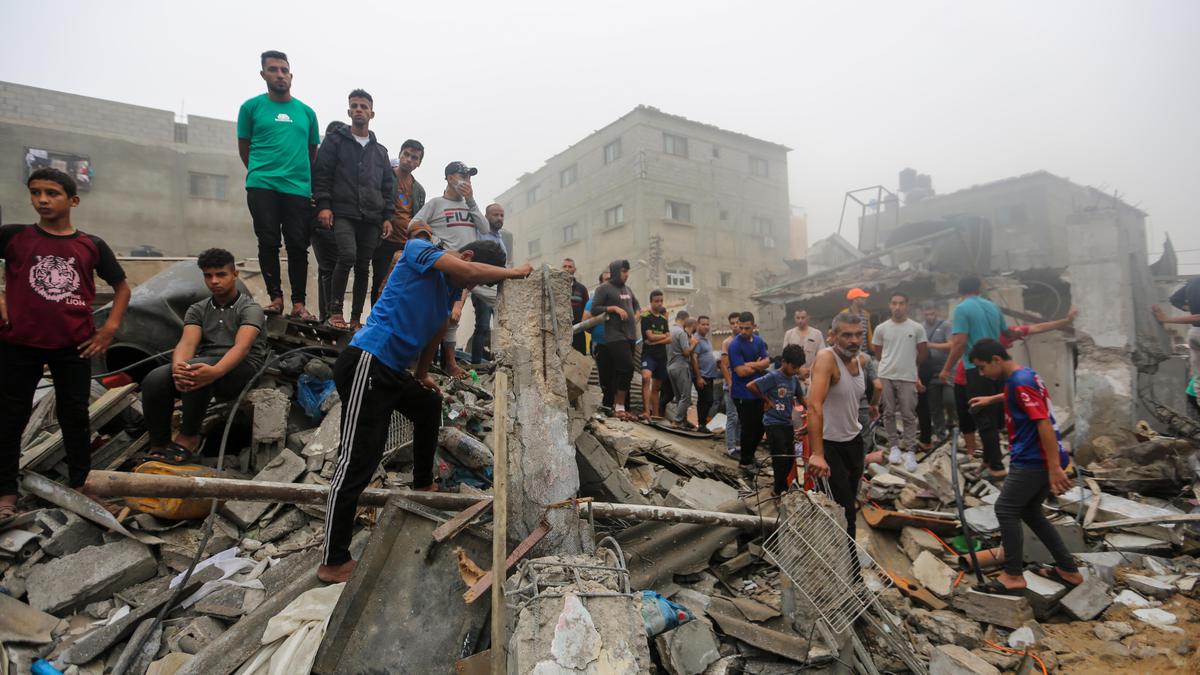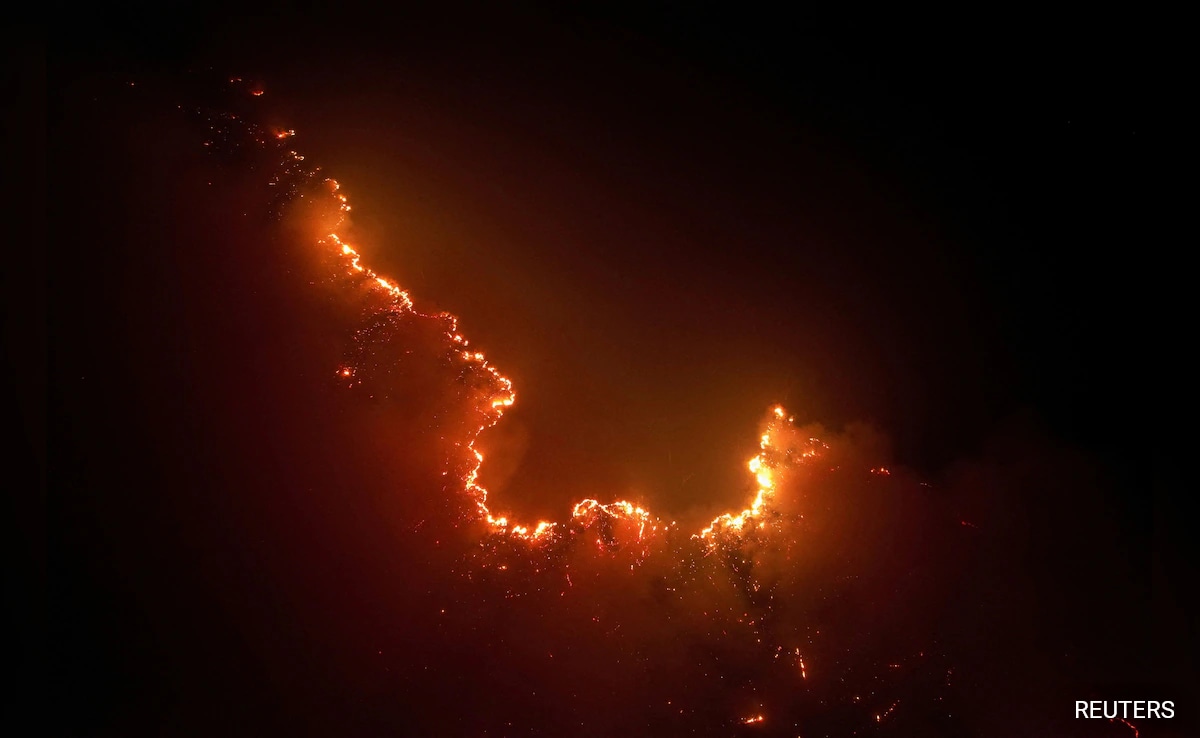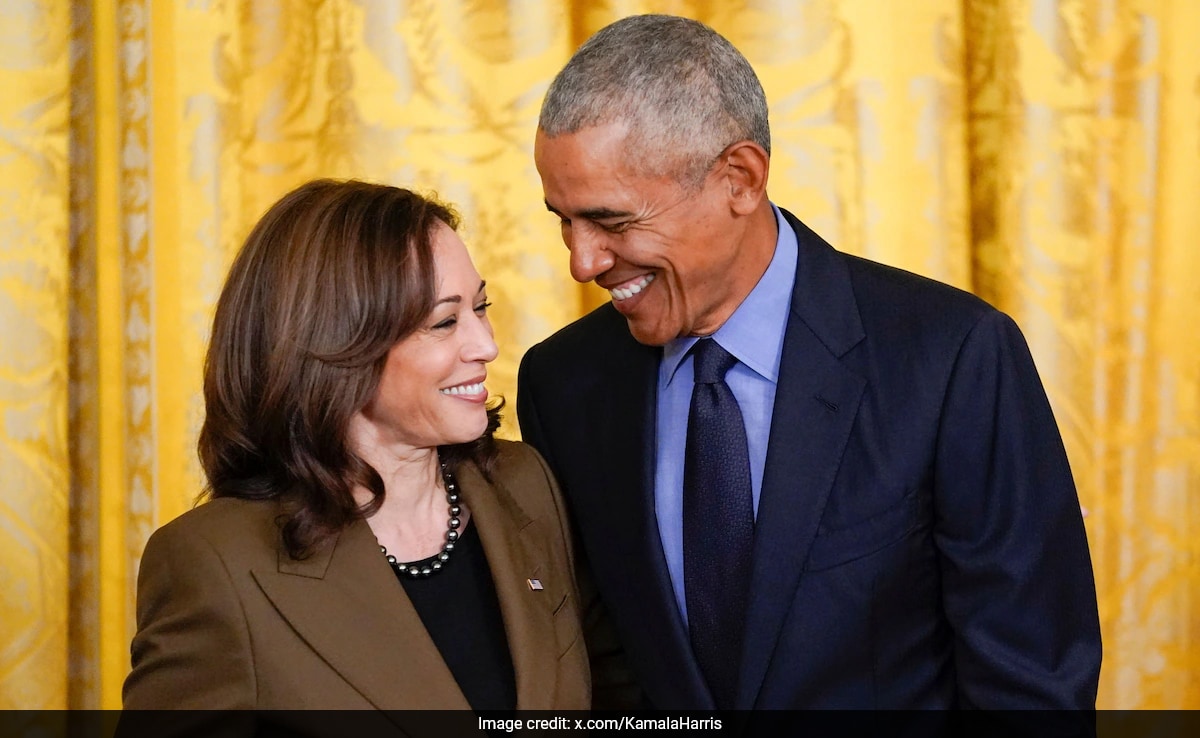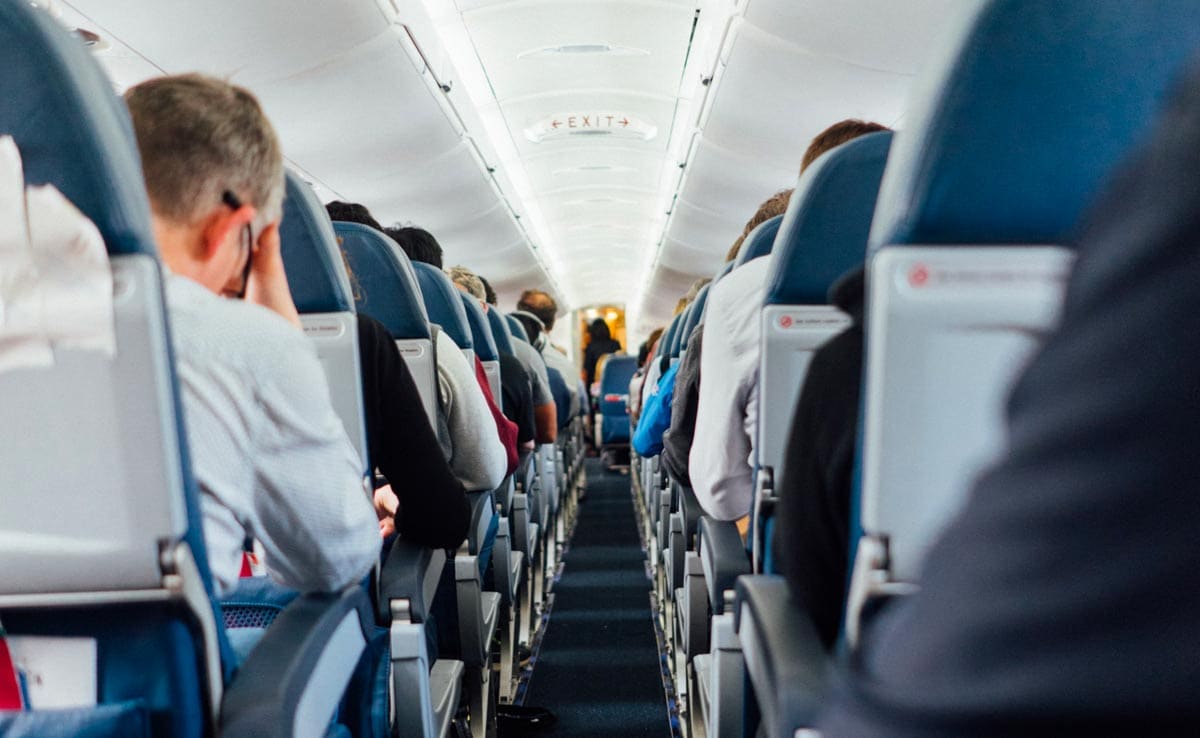The data is the fastest indicator of the state of fires in the region
Sao Paulo:
The number of fires in Brazil’s Amazon rainforest region for the month of August surged to the highest level since 2010, government data showed on Sunday, after a record drought that has been plaguing the biome.
Last year’s rains came late and were weaker than usual because a weather pattern, known as El Nino, was supercharged by climate change, leaving the rainforest especially vulnerable to this year’s fires.
Satellites detected 38,266 fire hotspots in the Amazon in August, more than double compared to the previous year and the largest number for that month since 2010, data from Brazil’s National Institute for Space Research (Inpe) showed.
The August data reaching a 14-year high comes after last month’s fire hotspots in the region surged to a two-decade high.
While the data is the fastest indicator of the state of fires in the region, which often peak between August and September, it does not indicate the intensity.
Fires in the naturally wet and humid biome often start on cattle ranches where locals are converting the jungle into pastures for cattle ranching.
Helga Correa, a conservation specialist at WWF-Brasil, said in an initial assessment of the August data last week that the fires were driven by a combination of weather, climate change and human actions.
“The region where we detected concentrated smoke in August coincides with the so-called Arch of Deforestation, which includes the north of Rondonia, the south of Amazonas and the southwest of Para,” she said.
“This indicates that, in addition to climate change and El Nino, changes in land use produced by humans play a central role in the increase in fires,” she said.
(Except for the headline, this story has not been edited by NDTV staff and is published from a syndicated feed.)
Waiting for response to load…













